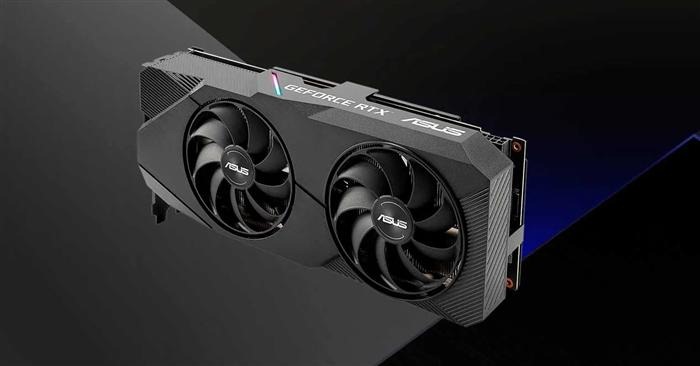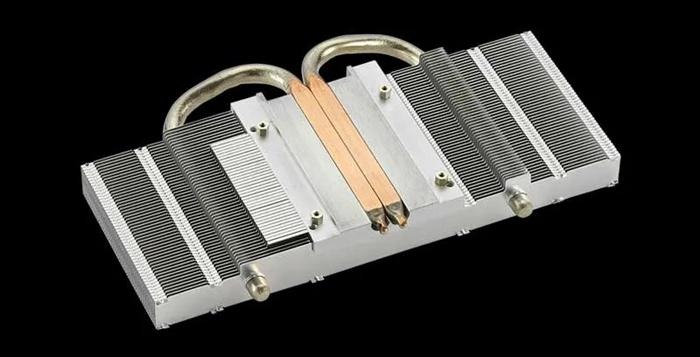
The graphics card manufacturer, ASUS, has decided to release a new version of its current GeForce RTX 2070 graphics card.

This new model, called ASUS Dual GeForce RTX 2070 EVO V2 incorporates, as improvements, a new heatsink more capable than the which mounted the current version V1 of this graphics card. This allows it to operate at lower temperatures when it is fully loaded.
The ASUS graphics card is still the same model of Dual GeForce RTX 2070 EVO card that this manufacturer has in the market, but to which the original heatsink has been replaced by a more compact one, which is not as thick as the model original.
Keep in mind that the original model used a heatsink that occupied almost 3 expansion slots of the motherboard, with a thickness of 58 mm. The new model now only occupies 53 mm, which will make it easier to place inside users’ boxes.
Even so, it is undeniable that the thickness of this ASUS graphics model is not, at all, negligible when installing it inside a computer case. As we can see, despite the reduction in thickness, the graph almost occupies the third PCIe expansion slot of the motherboard.
The heatsink that now mounts the ASUS Dual GeForce RTX 2070 EVO V2 still has two fans with axial technology. The heatsink is formed by two heat pipes that make contact with the NVIDIA Tu106-400A-A1 GPU that mounts the graphics card, to collect all the generated heat and transfer it to the cooling fins.
The fans include the silent mode, by which they stop when the graphics card does not need to increase its cooling (until it does not reach 55 ° C they do not start). They also include IP-5X certification that ensures that your bearings are well protected against dust.
As we have already seen, the ASUS graph is quite thick. To distribute the weight a little better and avoid possible buckling by the weight of the heatsink, ASUS has provided the DUAL GeForce RTX 2070 EVO V2 with a metal backplate that will help the PCB to not flex so much for the weight of the assembly, when it is mounted inside a computer case.
As for the GPU that mounts this graphics card model, it is the familiar NVIDIA TU106-400A-A1 that all NVIDIA RTX 2070 models mount.
This GPU has a total of 10.8 billion transistors inside, with both 36 CU (Compute Units), 36 RT Cores and 288 Tensor Cores. The frequency of the Game Mode are the same that NVIDIA uses in its reference models: 1410 MHz base and 1620 MHz Boost. The OC Mode maintains the same base frequency of 1410 MHz, but increases the boost frequency to 1650 MHz. In this respect, both the V1 and V2 versions of this graph are identical.
Video outputs are also maintained between the two models, which are a DVI-D port, two HDMI 2.0b and a DisplayPort 1.4.
